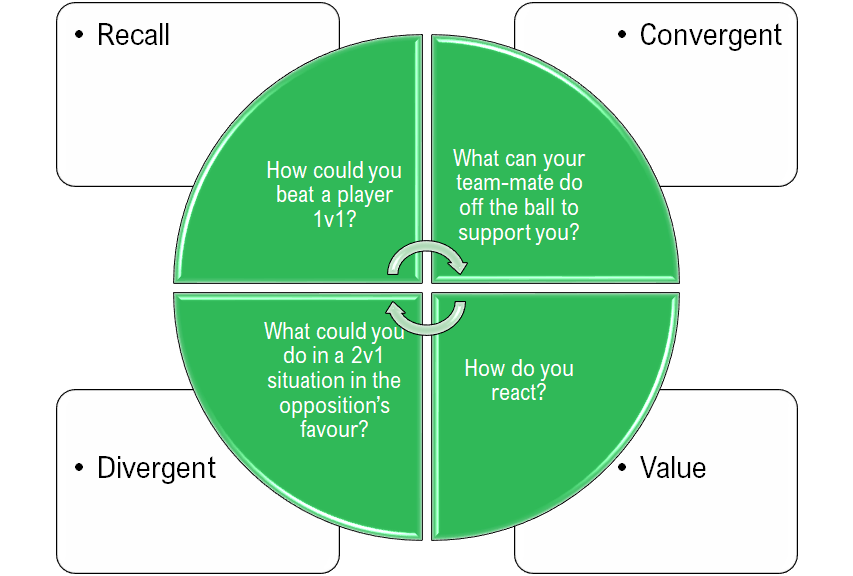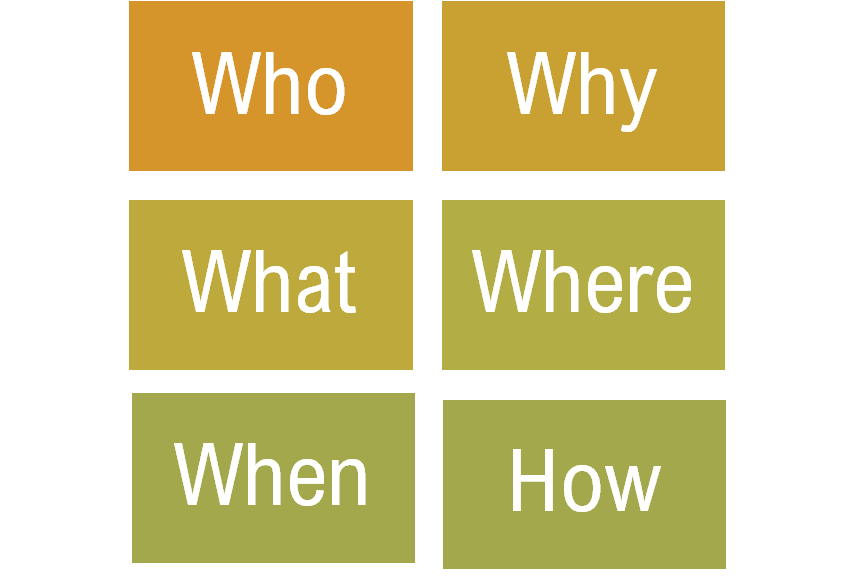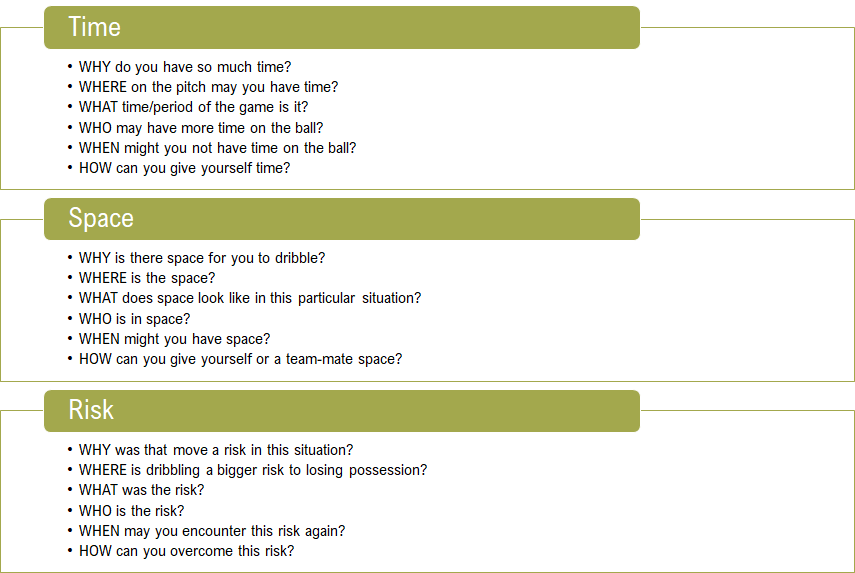For those who read my most recent blog post – which was now over two months ago – you will be aware of the basic understandings behind the Teaching Games for Understanding model. To reaffirm what the TGfU model is; it’s a shift from isolated technical development, which a player should only use when they recognise its necessity, and more of an empthasis on the player’s development in game situations where cognitive skills such as tactical awareness, decision-making and problem solving are critically important (Webb and Thompson, 1998). Of course, the TGfU approach is not written law, and is only one of a handful of game-based teaching models – others include the Zone of Proximal Development (Vygotsky, 1980) and Complex Learning Theory (Davis et al., 2000). However, these are models that I shall not discuss much further in great detail in fear I may over-complicate the purpose of this blog!
Sticking with the TGfU model, whilst there are many strategies to enable its effectiveness in a teaching environment, one that I have been reflecting upon during these difficult times is effective questioning; and how I can improve my questions toward players and the rationale behind them. It may not seem it, but actually there are two sides to the coin in effective questioning. As this TGfU is an athlete-centred approach, it is important to consider what benefits questions may have on the players’ development. Pearson and Webb (2008) explain that feedback in the shape of questions is critical ”to faciliate students’ thinking, helping them to develop thinking skills and behaviours” (p.4). For instance, asking questions to reaffirm factual learning is not effective questioning and pre-21st century literature would suggest this was the case in the majority of sport and non-sport learning environments (Mawer, 2014). In addition, questioning within the TGfU model – asking questions around the previously mentioned cognitive skills – challenges coaches to understand the deep intellectual structures of both playing and learning to teach a game effectively (Hopper, 2002). In essence, effective questioning enables us to link the psychological development of players with their tactical development.
Before discussing the different strategies to implement effective questioning, we need to understand that there are several types of questions, as Pearson and Webb (2008) theorise – an aspect I did not consider prior to reading upon this topic myself.
- Recall – reflecting on a previous session, perhaps looking at a specific situation
- Convergent – integrating and building from previous learning to solve a problem
- Divergent – solving out a new situation via problem-solving, breaking it down bit by bit
- Value – questions on the player’s expressions, choices, attitude and opinions

When reflecting upon your questioning strategy, which we will get onto discussing shortly, remember that this is not a process of stages and as a coach you may not go from one to the other, but it is useful to be aware of these if you use the TGfU framework.
Strategies
Whilst there are several strategies one could use to adopt effective questioning, this blog will cover perhaps the two most simplified that coaches can develop, and what I will use going forward in my own coaching.
Firstly, I am sure we all know the 5 W’s and 1 H – Who, What, Where, When, Why and How. This is perhaps the most basic and easy to understand pedagogical tool to develop effective questioning in a student-led approach (Griffin and Butler, 2005), such as the TGfU model. It isn’t necessarily a hierarchical model where one of the W/H’s is above the others if you do adopt questions within your session – it simply depends what sort of answer you are looking for to develop the players’ tactical understanding. For example, if we are discussing 1v1s, I may ask ‘Where on the pitch can you support your team-mate?’ and then ‘Why might it be important to support your team-mate who is in a 1v1 situation?’. This strategy is easily interchangeable to most scenarios and I highly recommend you try it out in your next session.

Secondly, you may even adapt this next strategy into the first but with a specificity to the game situation. Coaches may consider using ‘Time, Space, Risk’ (Mitchell et al., 2006) as a method to develop effective questioning. If you’re fitting the 5 W and 1 H into this strategy, then it may look like the below diagram and feel free to use these in your own delivery. Those three categories enable us to split our questions into tactical phases and assess the situation for what it is in a tactical model, which is why it is suiable for anyone using the TGfU model.
The ‘Time’ and ‘Space’ categories are self-explanatory, but what the ‘Risk’ section enables us to facilitate as questions is reflection and problem-solving. It allows coaches to ask players on what has happened in that particular situation to either lose the ball or not progress up the field.

Having discussed effective questioning as a tool for coaches to adopt the TGfU model, my final thoughts are that it should be the way coaching works towards in educational environments – sport and non-sport. As Den Duyn (1997) observes, questioning provides an environment that promotes thinking and problem-solving – developing players who grow a tactical understanding more and decision makers.
In terms of adopting a specific strategy, it is important to understand your own rationale behind why you ask questions and the thought process you, as a coach, would go through to end up asking these questions. Any strategy you’ll engage in will provide a better learning environment for players and give them the cognitive skills that they may rely on later in life – another explanation as to why effective questioning within the TGfU model, or any athlete-centred approach, is suitable.
As always, thank you for taking the time out of your day to read my blog – it is greatly appreciated. If you would like to reach out to me and discuss this topic further then by all means do so – on Twitter @RyanJ_White99 or email at whitr182@gmail.com. Stay safe.
Davis, B., Sumara, D. J., & Luce-Kapler, R. (2000). Engaging minds: Changing teaching in complex times. Routledge.
Den Duyn, N. (1997). Game Sense: Developing Thinking Players (Canberra, Aust, Australian Sports Commission).
Griffin, L. L., & Butler, J. (2005). Teaching games for understanding: Theory, research, and practice. Human Kinetics.
Hopper, T. (2002). Teaching games for understanding: The importance of student emphasis over content emphasis. Journal of Physical Education, Recreation & Dance, 73(7), 44-48.
Mawer, M. (2014). Effective teaching of physical education. Routledge.
Mitchell, S. A., Oslin, J. L., & Griffin, L. L. (2006). Teaching sport skills: A tactical games approach. Champaign, IL: Human Kinetics,.
Pearson, P. J., & Webb, P. (2008). Developing effective questioning in teaching games for understanding (TGfU).
Vygotsky, L. S. (1980). Mind in society: The development of higher psychological processes. Harvard university press.
Webb, P., & Thompson, C. (1998). Developing thinking players: Game sense in coaching and teaching. Sports Coach, 1998, 610-613.
One Comment Add yours